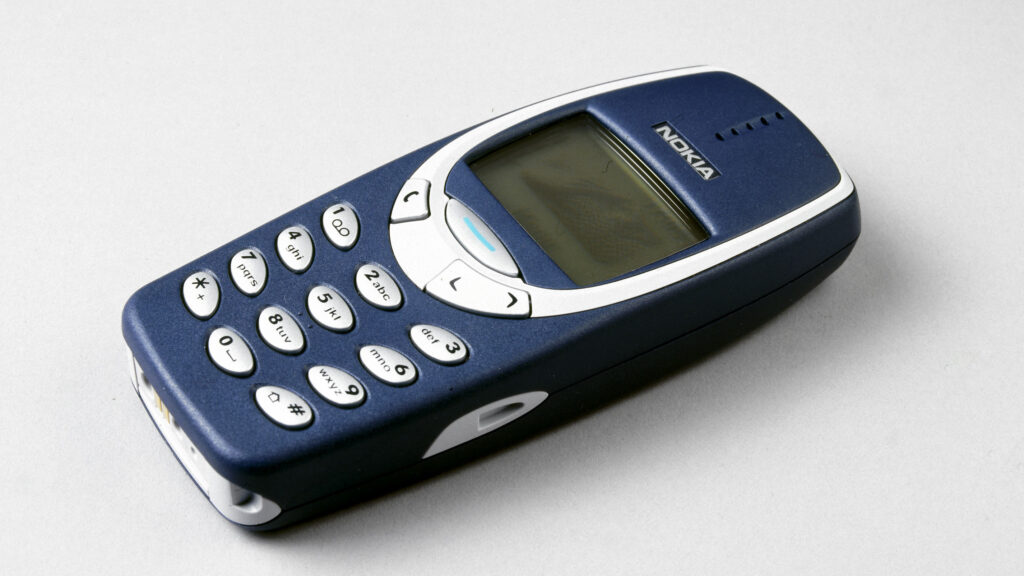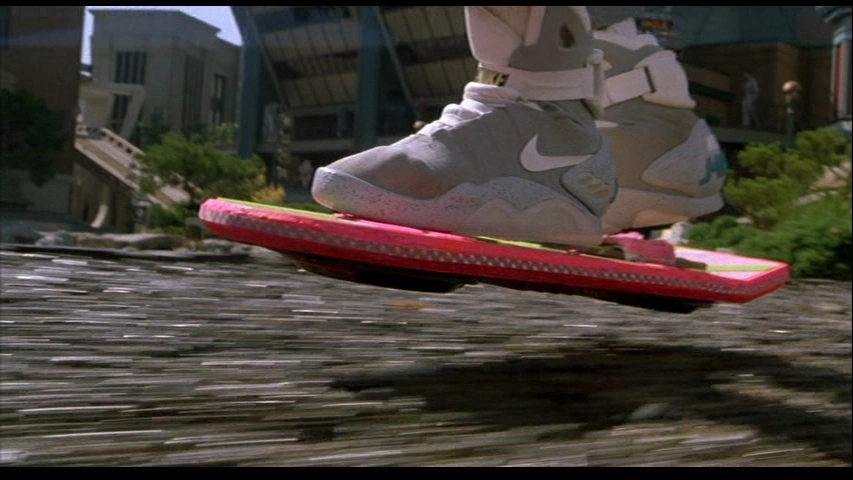Early on I discovered that writing technology in futuristic sci-fi themes can prove challenging, if not downright overwhelming. Do you create something brand new? Or an evolution of existing tech? Does that evolution occur within a reasonable timeline? Is your tech central to the point of your narrative–almost like its separate character. Or it a component that exists organically around the characters’ lives?
Phones and the Future
I was a child of the 90’s, growing up before the era of ubiquitous cell phone/smart phone usage. If I needed my mom to pick me up after a football game or school event, I used a payphone. Only one students in my high school had a cell phone. I didn’t own my first until I was in college.

The early 2000’s went from producing the indestructible Nokia bricks, to anorexic flip phones determined to be smaller and lighter. For a time, we all wondered if the next cell phone would be a stand-alone earbud. Little could those of 2005 predict that the least-useful aspect of a phone was making a call. They would evolve into miniature computers, much more valuable for their high-def screens, texting, and ability to connect to the internet.
Back when I first dabbled with writing near future themes, I imagined the advancement of computers–not phones. In 2002 (8 years before the iPad released) I went into exhausting detail describing a notebook sized flat screen that today could be summed up as a tablet. I was in the camp that believed PC’s and laptops would become more central to our existence. Now, I’m amazed by how many people do not own one, and perform all their tasks from their phones–especially the younger generations.
The Back to the Future Quandary
In 1989 Back to the Future part II imagined our world in 2015. Sadly, little of it came true and it seems overly ambitious in hindsight. Many other stories already have us zipping around in flying cars by our current timeline. Or they go the opposite direction and still have humans listening to music on magnetic strip cassettes. Sci-fi rarely ages well. After ten or twenty years, the audiences and their benefit of hindsights tend to be critical of our miscalculations. It can be very challenging to stay ahead of the curve, especially when the curve becomes a zigzag.

Perhaps the most disappointing miss was the hoverboard. I don’t care if that thing was pink, it was awesome! And next to the Star Wars: Return of the Jedi speeder bike, there was no mode of transportation my elementary school self I would rather have.
Let Vagueness be Your Friend
I am a detail person, and I often find myself over-describing nouns. All nouns really. People. Weapons. Clothing. Items. Rooms. Locations. You name it, I’ve provided too much unnecessary detail. Anything released to the public is a thinned down edit that actually forces the reader to use their imagination. I suppose this is the Goldilocks problem authors face of not having too much, but also not having too little detail. When it comes to tech, a little can go a long way.
I want to borrow a page from Andy Weir. For those of you unfamiliar with Mr. Weir, he brought us the great works of The Martian, Artemis, and Project Hail Mary. In Artemis the characters use something called a “gizmo”. This device isn’t really described, but it is essentially a smart phone. I appreciate the gizmo because it does everything it needs to do, without coming off either overly advanced or antiquated. Brevity worked in its favor.
I’ve applied this trick to my stories, where people use handheld Smart Individual Devices otherwise known as SIDs. Virtual projections that display in the user’s mind goes through something called the InfoLink. Neither are described in much detail because I don’t need them to be. They are a means for the characters to communicate and process information. They are not an example of a meticulous prototype with plot-necessary design cues.
Showing Not Telling
This is my greatest area of weakness. I love giving the reader all the information up front. Unfortunately, this kills the pacing and puts people to sleep. Instead of describe what a piece of tech is, describe what it does or achieves. Let the readers fill in the gaps.
Avoid Timelines
This goes hand-in-hand with showing and not telling. We have all seen/read the story that begins with a specified date in the future. It gives our audience bearing. They know what they are getting into. But sometimes that timeline works against us, and we find ourselves in the Back to the Future quandary of whether this is possible or not.
James S.A. Corey’s The Expanse never specifies the year. We can deduce that it is 100-500 years in the future. But it is never stated. And I love that. It lets us immerse ourselves in the world without questioning, that couldn’t happen in one hundred years. Or, they would be further along by then. My Tykhe Universe series doesn’t establish timeline for that same reason (although it is at least 200 years in the future). Consider how much your story really needs a date, versus letting the reader draw conclusions based off of your setting.
Not Making Tech the Star of the Show
One of the great struggles of science fiction is crafting a believable world that could happen. Nothing kills believability faster than writing tech that is more important than the characters. I find it the equivalent of superhero themes where the whole world revolves around that one incredible being. If a real-life Superman did exist, he might make headlines, but we would all still have to go about the drudgery of our day-to-day life. A live Superman wouldn’t alter my decision making processes about retirement or what I was going to eat for dinner. Yet some pieces of tech are that intrusive to our stories.
If you want a great example of incorporating all aspects of technology into daily life, check out Netflix’s Altered Carbon. It does a fantastic job of intertwining Sci-fi themes. From Matrix-esk virtual reality. To Deus Ex style bionics. It embodies the grunge of the 5th Element. And even incorporates the evolution of AI. Never mind the transference of sentience from one human sleeve to another. It has taken all of these stand-alone sci-fi themes and mashed them into a beautifully, dark and violent world. That feels real. With characters that still matter. Technology is important without hijacking the plot.
Conclusion
Without a crystal ball, it is impossible to make accurate predictions about the future. Our social evolution is advancing as quickly as our tech. Give enough details, without too much. Consider omitting specific dates unless it is truly important. And don’t forget, technology is a tool. Characters are your story.
-Glenn Roush